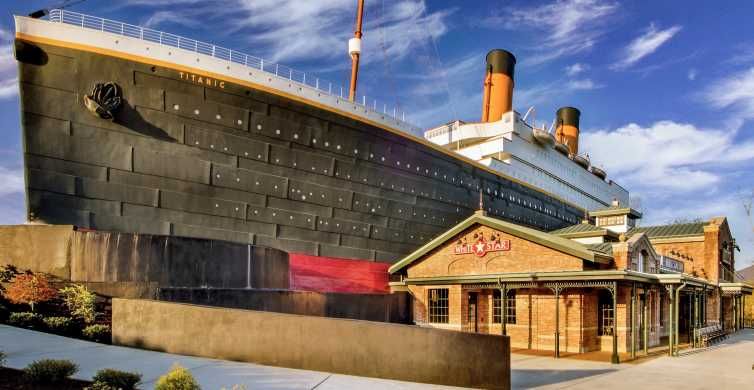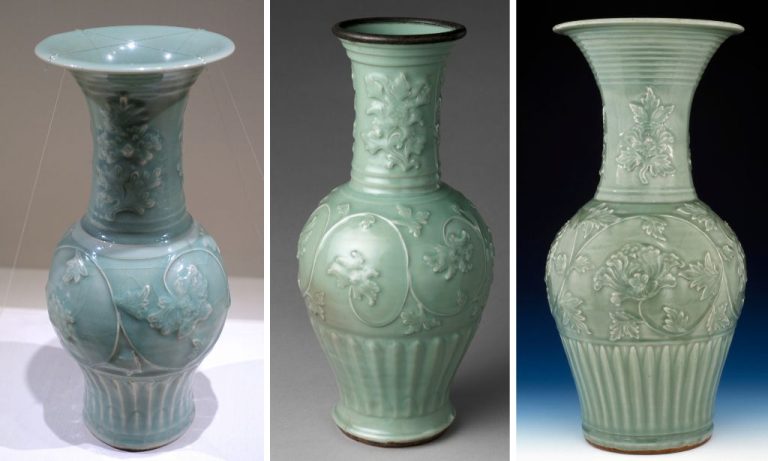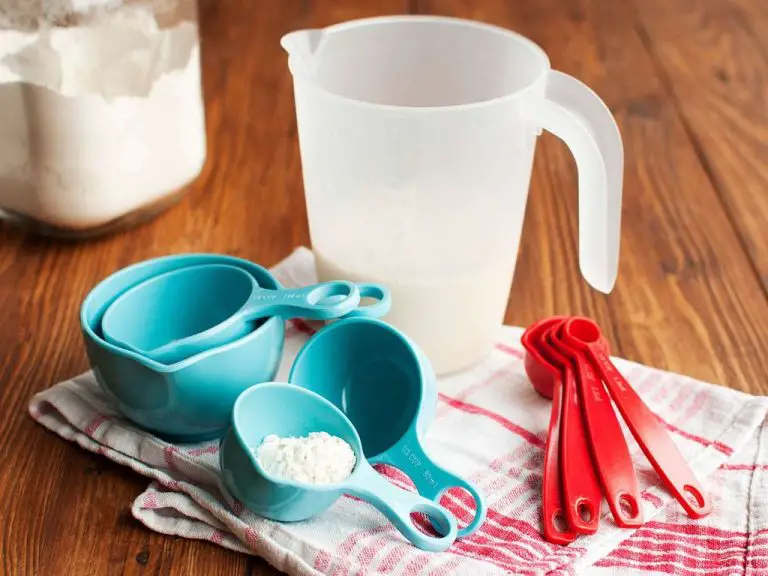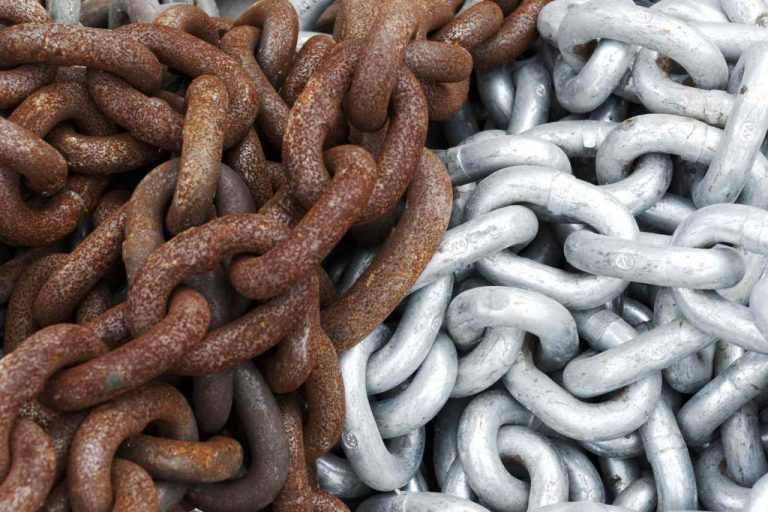What Clay Is Diya Made Of?
Diyas are small earthen lamps that play an important cultural role across India and South Asia. Often associated with Diwali, the festival of lights, diyas symbolize the victory of light over darkness, good over evil, and knowledge over ignorance. The word “diya” comes from the Sanskrit word “deepa” meaning lamp. For centuries, diyas have been a staple in Hindu rituals and celebrations. Their warm, flickering glow sets a sacred and auspicious mood. Beyond religious significance, diyas also represent family bonds and community during festivals. Their small, delicate size and handcrafted nature reflects the care and devotion of those who make them.
History of Diyas
Diyas have a long history in Indian culture, dating back over 5,000 years. The word “diya” comes from the Sanskrit word “deepa” meaning lamp or light. Diyas were traditionally used in Hindu rituals and festivals to symbolize the triumph of good over evil and light over darkness. They were made from clay and had a place of honor in homes and temples.
Over the centuries, diyas became an integral part of many Indian festivals like Diwali, the festival of lights. During Diwali, millions of diyas are lit to celebrate the return of Lord Rama to Ayodhya after defeating Ravana. The glowing diyas are said to guide lost souls and weary travelers home. Diyas are also used in rituals like aartis, to illuminate deities, and in Vedic yajnas, where they represent enlightenment.
In addition to religious significance, diyas also have cultural importance in India. Their warm glow is considered auspicious and welcoming. Placing lit diyas by the entrance is a traditional Indian way to welcome guests. Diyas are also exchanged as gifts during festivals and special occasions as symbols of love, prosperity and happiness.
Over the ages, diya making has emerged as a specialized craft with distinct regional styles. Their role in Indian culture remains undiminished even today.
Types of Clay
There are several types of clay that are commonly used to make diyas and other clay pottery in India and around the world. The most popular types include:
Terracotta
Terracotta clay is one of the most common clays used for diyas. It has a distinct orange-red color when fired. Terracotta contains a high amount of iron oxide, which gives it its reddish hue. It’s an inexpensive, readily available clay that can be found across India. Terracotta has good workability and plasticity, making it easy to hand mold and shape. It’s also quite porous after firing. Terracotta diyas are lightweight yet fairly durable.
Stoneware
Stoneware clay is denser and less porous than terracotta. It’s fired at higher temperatures, so stoneware pieces are more vitrified and impermeable to water. Stoneware clay is very strong and durable. When fired, it becomes a light grey, brown, or tan color. Glazes are often applied to stoneware to create colorful finishes. The non-porous nature makes stoneware diyas heavier than terracotta. Stoneware is also more resistant to damage.
Earthenware
Earthenware is a general term used to describe ceramics like terracotta that are fired at lower temperatures, resulting in more porous pieces. Earthenware clay tends to be quite plastic and malleable. Besides terracotta, other common earthenware clays are white earthenware and red earthenware. Earthenware diyas have a rough, porous texture that can vary in color. They are lightweight, fragile, and the most absorbent of clay bodies.
Clay Preparation
Proper preparation of the clay is an essential step in diya making. The clay must be cleaned and wedged to remove air pockets and uniformly mix the clay particles. Here are the key aspects of clay preparation:
Sourcing – Clay for diyas is usually sourced locally from river beds or other deposits. The clay is dug up, transported, and allowed to weather by exposing it to sun and air.
Cleaning – The clay is soaked in water to allow rocks, roots, and other debris to separate. These impurities are then removed by hand or through sieving.
Wedging – The clay is cut into chunks and thrown down onto a flat surface. This process aligns the clay particles and removes air pockets. Repeated wedging makes the clay uniform.
Kneading – The wedged clay is kneaded by hand or feet to make it soft and pliable. Kneading brings the moisture uniformly throughout the clay.
Proper clay preparation removes impurities and provides an even, workable consistency ideal for shaping diya pots on the wheel or by hand.
Shaping and Molding
There are several techniques used to shape and mold clay diyas. The most common methods include:
Pinch Pots
This ancient technique involves pinching and pulling the clay with fingers to form a basic pot shape. Pinch pots are one of the easiest and quickest ways to shape small diyas.
Coil Building
This method uses rope-like coils of clay that are stacked and blended together to build the diya shape. Coil building allows flexibility and control in forming asymmetric or unique shapes.
Slab Rolling
Rolling out flat slabs of clay and cutting shapes that can be assembled into 3D forms. Adds geometric possibilities but requires careful joining of seams.
Wheel Throwing
Using a potter’s wheel, clay is centered and opened up into forms like bowls, cups, or vases. Wheel throwing requires practice but allows symmetry and thin walls.
Artisans often combine techniques, using slabs for the base, coils for the walls, and pinch pots for indented decorations. The possibilities are endless for shaping beautiful, artistic diyas from clay.
Decorating
Decorating diyas is an important part of the creative process and there are many techniques used to adorn these clay lamps. The most popular method is glazing, which involves coating the clay with a glossy mixture of minerals and metal oxides. Glazes come in endless colors and textures, allowing artisans to get very creative. Painting directly on the clay with acrylics or poster colors is also common. Intricate patterns are etched into the clay using tools before firing. Some artisans even affix decorative items like beads, sequins, or pieces of mirror. Regional styles vary – for example, in Rajasthan, rich jewel-toned glazes and intricate patterns are popular while Kerala focuses on minimal shapes with white and earthy tones.
There are no limits when decorating diyas. Artisans let their creativity run wild, handcrafting each piece into a unique decorative lamp. The patterns and colors transform a simple clay lamp into an ornate work of art.
Drying and Firing
After diyas are shaped, they must be thoroughly dried before firing to remove any moisture from the clay. Moisture remaining in the clay body can cause cracking or even explosions during the firing process. Diyas are typically air dried for several days, turning periodically to ensure even drying. Drying time depends on factors like climate, clay thickness, and drying space.
Once bone dry, diyas undergo a bisque firing, which further hardens the clay body through sintering at high temperatures around 1000°C – 1100°C. Bisque firing prepares the porous surface to receive glazes and complete the vitrification process. Diyas may go through multiple bisque firings to fully vitrify the clay before applying glazes.
Glaze firing follows bisque firing, where diyas are fired again around 1200°C – 1250°C to melt and fuse the glazes to the bisqueware surface. Glazes transform and become glassy, creating an impervious coating. The peak temperature and firing duration depend on the clay body composition and types of glazes used. Cooling carefully after glaze firing avoids thermal shocks that may cause cracks.
Firing is a delicate process that requires carefully controlled temperatures and atmosphere to achieve the desired results. Well-fired diyas have an even, attractive finish that gives them strength, durability, and water resistance for many years of use.
Regional Variations
While diyas are made and used all over India, unique clay styles and traditions have emerged in different regions over time:
Tamil Nadu: Terracotta diyas from villages around Kumbakonam are especially famous. They shape the wet clay by hand into deep katoris and shallow lamps before painting them in vibrant colors and designs.
Maharashtra: The clay diyas of Pune have thin walls and are more delicate looking, often with a red tint. They are shaped on a potter’s wheel into various geometric designs.
Rajasthan: Diyas here are molded into complex shapes depicting flowers, animals, or images of gods. Popular colors are red and orange, with ornate patterns.
Gujarat: Intricate designs etched directly into the clay before firing are common here. The clay diyas have thicker walls, with earthy dark colors.
West Bengal: Terracotta diyas are hand-pinched into shape. Unique designs include diyas shaped like conch shells, birds, and other animals.
Kerala: The famous Nilambur clay is used for diyas with very thin walls, often painted white with simple linear designs. The shapes are elegant and minimalist.
Modern Innovations
Diyas have evolved over the years, incorporating modern techniques and artistry. Contemporary potters are experimenting with new glazes, shapes, and decorations.
Glazes using metallic oxides produce jewel-toned finishes in blues, greens and purples. Iridescent and crackle glazes add interest. Modern glazes utilize matte finishes instead of only glossy glazes.
In addition to the traditional curved shape, angular and geometric diya forms have become popular. Miniature diyas are made, some small enough to be worn as jewelry. Contemporary potters create diya sculptures and installations.
While traditional stamped patterns are still used, some artisans paint modern motifs like abstract designs. Others incorporate decoupage or mosaic tiles as embellishment. The variety of modern diyas reflects both traditional and contemporary aesthetics.
Conclusion
Clay diyas have a long history and cultural significance in India. They are an important part of festivals and rituals. The clay, preparation, shaping, decorating, drying, and firing all contribute to the unique characteristics of the diya. While traditional methods continue, there are also modern innovations in materials and techniques.
The simplicity of the diya’s components belie its rich symbolism and meaning. Clay from the earth is molded into vessels to provide light and hope. Their ephemeral nature represents the cycle of life, death and rebirth. The variety across regions illustrates India’s diversity. Yet in all forms, the diya remains an integral part of traditions and celebrations. Its warm glow continues to carry profound meaning.




